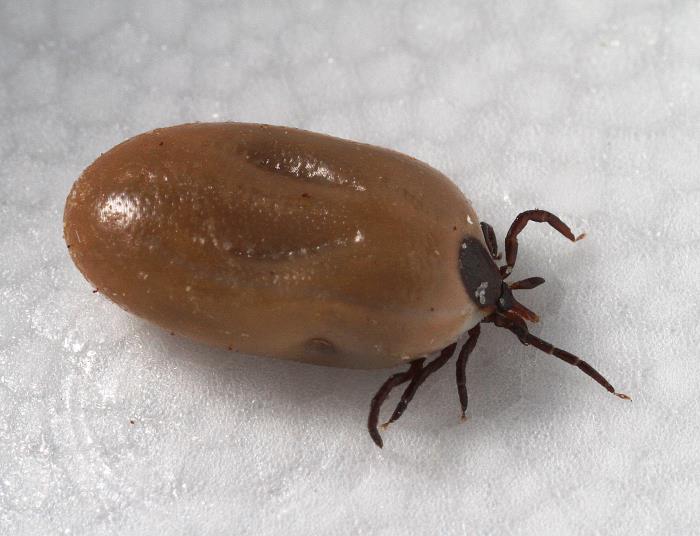The Arkansas Department of Health recently determined that two cases of tickborne disease met the surveillance definition for Lyme disease. A case in Arkansas has not met the Centers for Disease Control and Prevention’s (CDC) surveillance definition since 2007.

Arkansas is considered a low-incidence state for Lyme cases by the CDC. Arkansas is in the low-incidence category based on geographical patterns of disease in the US, as well as past reports of the disease in the state. Arkansas is among the group of 31 states where the incidence of Lyme disease has been less than 1 in 100,000 persons from 2005-2014 and among 15 states where the incidence has been under one case per million persons in the same timeframe. In comparison, Arkansas reports a high number of cases of other tickborne diseases, including tularemia, Rocky Mountain Spotted Fever, and Ehrlichia, all of which can be fatal. These diseases are more prevalent in Arkansas than in most other states.
“Recognizing these two cases is consistent with Arkansas’s designation as a low-incidence state for Lyme disease,” said Dirk Haselow, State Epidemiologist at ADH. “We know that Lyme is rare here, and we encourage doctors and patients to consider other diagnoses first. However, we are committed to finding cases of Lyme when they do occur. If a test for Lyme is done, it is important for the testing to be done correctly to meet the case definition. Doctors and patients can learn about proper testing and reporting for suspected Lyme cases on our website.”
Related: CDC estimates 300,000 Lyme disease cases diagnosed annually in US
Following the clinical diagnosis of Lyme by a health care provider, the patient should consult with their physician or an infectious disease specialist to determine if treatment is needed. The Arkansas Department of Health follows the CDC guidelines for reporting confirmed cases. Limitations in testing do sometimes lead to false positives or cases that are missed. Arkansas patients who have traveled in states where Lyme is prevalent, such as Northeastern and Midwestern states, are the most commonly diagnosed cases.
ADH conducts a variety of activities to assess Lyme disease activity in Arkansas, including research partnerships with the University of Arkansas for Medical Sciences, the University of Arkansas at Fayetteville, and the CDC. ADH posts reports of tick associated diseases publically to the agency website and conducts numerous educational activities on tick associated diseases in Arkansas.
People can protect themselves from tickborne disease by preventing tick bites. Avoid wooded and brushy areas with high grass and leaf litter, walk in the center of trails, and use repellents that contain 20-30% DEET to help avoid direct contact with ticks.
Related:
- Arkansas, mumps and the MMR vaccine: A discussion with Dr Dirk Haselow
- Post-Treatment Lyme Disease Syndrome: UND researchers seek treatment
- Pennsylvania Lyme disease: An interview with Dr Amesh Adalja
- Lyme disease expert talks diagnosis, treatment and ‘chronic Lyme’
- Lyme Madness author, Lori Dennis, for the full show


Under reported and whatever they wish to call them, there are bad tick diseases in Arkansas and resistant bacteria in most of the lakes. Tourism matters. The state has been in decline and often does not tell the public when bacteria is known/high. Many instances, so it must be really bad “out there”- fake data is how the failed state of AR lives in all areas, drugs/prison$, child $ervice$, taxes, the worst.